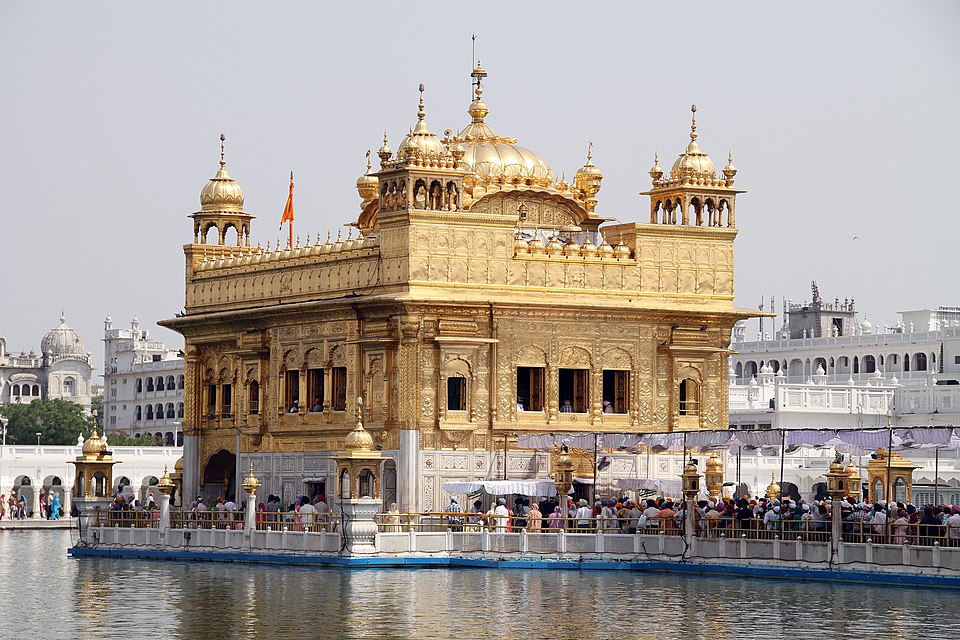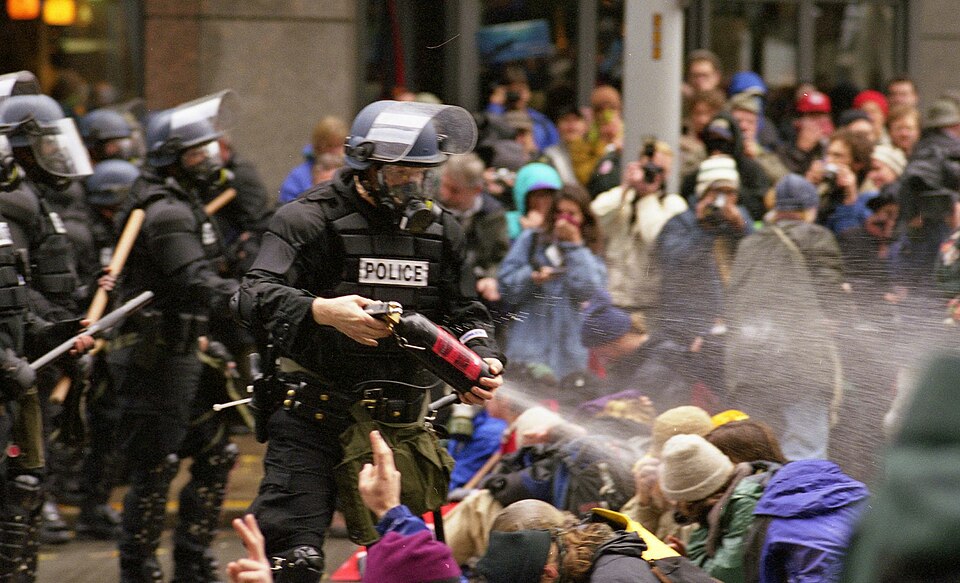In this week in 1984, the Indira Gandhi-led Indian administration stormed the Golden Temple complex in Amritsar in a military operation called Operation Blue Star. The aim was to kill Jarnail Singh Bhindrawale and other militants–encamped in the temple complex—who were demanding Indian adoption of the Anandpur Sahib Resolution that asked for greater autonomy of Punjab.
On June 3, the Indian Army stormed the Golden Temple complex—arguably the holiest Sikh site— on Gurupurab, a day of remembrance for Sikhs amidst a large presence of Sikh devotees who were unaware of the curfew and impending doom. No warnings were given to the civilians. The operation ended on June 10 with scores of civilians killed, the killing of Bhindrawale and other militants, and the Akal Takht destroyed.
In October of that year, Indira Gandhi was assassinated in Delhi by Sikh bodyguards which led to the ethnic cleansing of Sikhs nationwide, sponsored by the Congress party. The centre of events was the massacre in Delhi, and many perpetrators from that day continued to maintain political power, till today.
The Anandpur Sahib resolution was never implemented. Bhindrawale became a figurehead for the Khalistan movement—a secessionist Punjabi movement demanding a separate Sikh state—although he never demanded a separate Sikh nation. The movement continues till today, ebbing and flowing between ethno-nationalism and self determination.
The outrage over the military operation in Punjab was violently crushed in the following years, which led to widespread Sikh resentment with the Indian state, that continues today.




